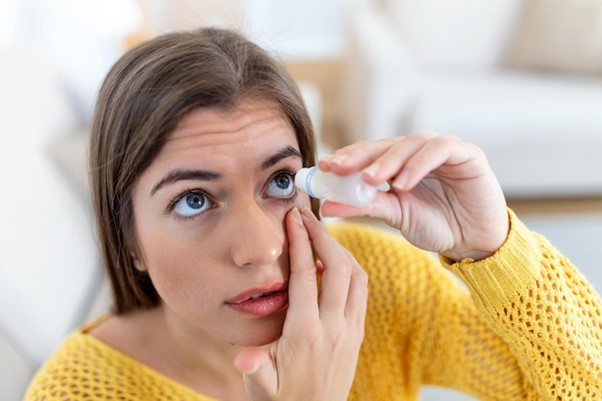Dry Eye Management

Introduction
Dry eye syndrome is a common ocular condition characterized by inadequate tear production or poor tear quality, leading to symptoms such as irritation, redness, and fluctuating vision. Effective management strategies aim to improve tear film stability, relieve symptoms, and prevent complications.
Lifestyle Modifications
Simple lifestyle changes can help alleviate dry eye symptoms. These include:
- Hydration: Drinking plenty of water to maintain overall hydration.
- conditioning.
- Blinking Exercises: Taking regular breaks to blink consciously and reduce tear evaporation.
- Environmental Modifications: Avoiding dry or windy environments, using humidifiers, and protecting the eyes from exposure to smoke or air
Artificial Tears and Lubricants
Over-the-counter artificial tears and lubricating eye drops provide temporary relief by supplementing the natural tear film and moisturizing the ocular surface. Various formulations are available, including preservative-free options for sensitive eyes.
Prescription Medications
For moderate to severe dry eye, prescription medications such as cyclosporine (Restasis) or lifitegrast (Xiidra) may be prescribed to reduce inflammation and improve tear production.
Punctal Occlusion
Punctal plugs, small devices inserted into the tear ducts to block drainage, can help conserve natural tears and maintain moisture on the ocular surface.
Management of Underlying Conditions
Addressing underlying factors contributing to dry eye, such as meibomian gland dysfunction or autoimmune diseases, is essential for long-term management and symptom relief.


